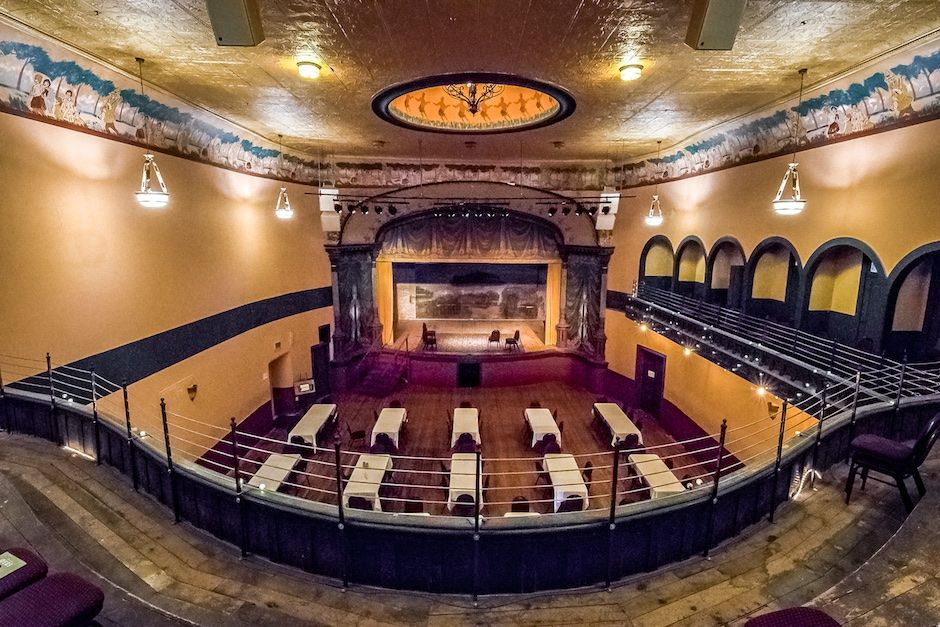

Watertown was incorporated as a village in 1816. At that time, Watertown was one of the least populated places in the county. Watertown was designated as the seat of Jefferson County after it was split from Oneida County. The area has been designated as a historic district, listed on the NRHP. During the 19th century, several significant buildings were built around it. In 1805, settlers cleared the center of town to create Public Square. Their vision was for an industrial center that would draw power from the river. He and the other pioneers chose the area due to the Black River, which flowed west into Lake Ontario about 5 mi (8.0 km) away. Ĭoffeen then moved his family into Watertown. The area was taken from the nearby town of Mexico in 1800. The land was very uneven territory and was leveled out in one of the first landfill projects in the United States. In 1798, pioneers Hart Massey, Henry Coffeen, and Zachariah Butterfield built cabins in what is now the Public Square area as part of a large migration into New York from New England after the Revolutionary War. Will settle very fast, if laid in lots and sold to settlers. There are some fine mill seats in this town which on the map are marked 'falls' and 'rapids.' To speak generally I think this to be an excellent town-ship, and scarcely any poor land upon it. The river is amazing rapid and rocky some falls along the river which may be made good mill seats, and some excellent pine timber along the river. Wright made the following statement about the land after returning: Īlong the river there is some good land and some that is broken and rocky. The area of Watertown was first surveyed in 1796 by Benjamin Wright, who was employed by Macomb to survey the northern and central portions of New York State. He sent out multiple surveyors to sell the land to passing settlers. In 1791, New York City resident Alexander Macomb purchased the land of Jefferson, Lewis, St. Watertown, South Dakota, was named in the city's honor. The city also receives numerous tourists and summer residents annually. Since the city is located just 30 miles (48 km) from the Canadian border via the Thousand Islands Bridge, shopping by Canadian visitors is an important part of the local economy. Today the city serves as the commercial and financial center for a large rural area. By 2000, the city had lost over 7,000 residents. During the mid 1960s, Chicago attracted many of the younger residents from the area along with their businesses, leading to the demolition of many historic buildings and a steady decline in population.

By the early 20th century the city was said to have more millionaires per capita than any other city in the nation. By then, it was booming as an industrial center for Upstate New York. Watertown was incorporated as a village in 1816, and became a city in 1869.

The city was designated as the county seat of Jefferson County when it was split off from Oneida County in 1805. The area was first surveyed in 1796, and was settled in March 1800 due to the abundant hydropower the Black River provided.

As of the 2020 United States Census, the city has 24,685 residents. Army base at Fort Drum it is the service and shopping destination for personnel there and their families. Watertown is located 13 miles (21 kilometers) southwest of the U.S. In the middle of Watertown lies the Public Square Historic District, which was built in 1805 and listed on the National Register of Historic Places (NRHP) in 1984. The city is bordered by the town of Watertown to the south, east, and west, and is served by the Watertown International Airport and the Watertown Daily Times newspaper. It is approximately 25 miles (40 km) south of the Thousand Islands, along the Black River about 5 miles (8 km) east of where it flows into Lake Ontario. Watertown is a city in, and the county seat of, Jefferson County, New York, United States.


 0 kommentar(er)
0 kommentar(er)
